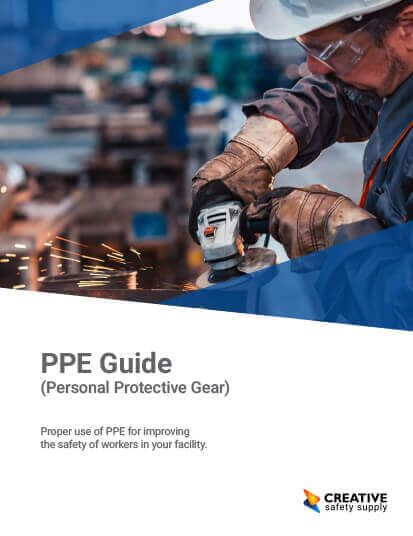
The National Safety Council in 1995 counted a total of 180,000 foot injuries in the workplace with each one costing on average about $6,700 in compensation from the employer. This is why proper footwear PPE is extremely important for the employee to stay safe and for the employer to stay in compliance with OSHA. To combat this issue, in 2007 OSHA made a final ruling that if employers need PPE required by OSHA then they must pay for it. This is because employees are most likely to purchase the wrong product. It has also been proven that employers are more likely to keep the material in good shape before needing to replace it. This simple rule prevents more injuries than you would think!
OSHA’s PPE requirements are stated in CFR 29 1910.132 (d)(1), employers must “assess the workplace to determine if hazards are present, or are likely to be present, which necessitate the use of personal protective equipment.” This is done by completing a risk assessment to determine what kind of foot protection each department needs in a facility. The employer must ask these crucial questions to pick the right PPE:
- What operations are there happening in the facility?
- What are the different processes being used?
- What day to day tasks are being performed?
- What are the environmental conditions like?
- Are there chemicals being used?
Hazards to look for and a few of their requirements:
- Falling/rolling objects
- Crushing/penetrating material
- These types of hazards require foot protection that is in compliance with ANSI’s compression and impact standards.
- Hot, corrosive, poisonous material
- Protective leggings may be required for this hazard.
- Electrical hazards
- Static electricity hazards
- These may be designed to be conductive in areas with static electricity or nonconductive in areas with electrical hazards.
- Slippery surfaces
- Slip resistant soles or studded treads can be used here.
These are solely the working hazards that an employee might run into. The employer must also take into account the human factors involved in wearing PPE. These questions are more along the lines of, do they fit, are their feet going to develop unwanted conditions from sweat, etc. One last thing that the employer must think about are the reasons why that PPE is being used:
- What are we protecting workers from?
- Why are we protecting them?
- Why are they in this situation?


